The Relationship Between the Pope and Rome
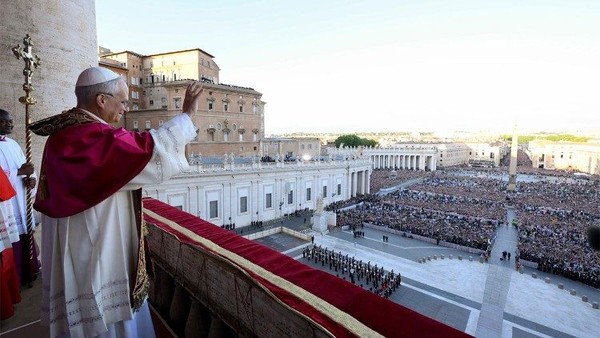
[아츠앤컬쳐] “하베무스 파팜!(Habemus Papam!)” 2025년 5월 8일, 바티칸 시스티나 경당 위로 흰 연기가 피어오르자, 추기경단이 새 교황을 선출했음을 알리는 외침이 울려 퍼졌다. 이날 오후, 15만 명이 넘는 인파가 성 베드로 광장에 모여 갈매기 떼가 하늘을 나는 가운데 제267대 교황의 역사적인 즉위를 지켜보았다. 바티칸은 로마 가톨릭교회의 영적 및 행정 중심지이자, 이탈리아 수도 로마 안에 자리한 독립된 도시국가다.
성 베드로의 후계자인 교황은 세계 13억 명 이상의 세례 받은 가톨릭 신자들을 이끄는 동시에 ‘로마의 주교’ 역할도 맡고 있다. 현대에 이르러 교황과 로마 시의 관계는 외교와 종교, 관광, 역사문화 유산, 치안 협력 등 여러 분야에서 우호적이고 협조적인 관계를 유지해왔다. 로마는 이탈리아와 바티칸을 대표하는 외교 공관과 국제기구들이 가장 많이 모여 있는 도시이기도 하다.
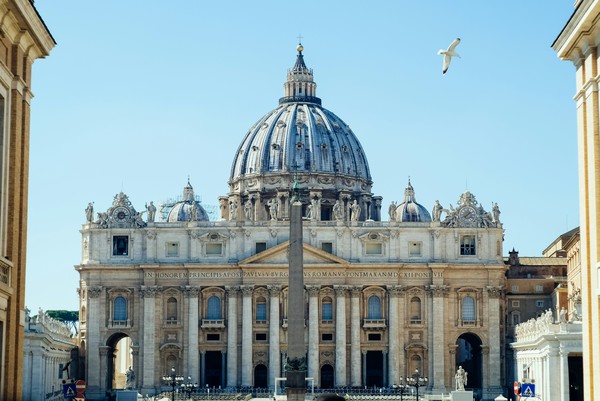
르네상스 시대에 율리오 2세와 레오 10세 교황은 미켈란젤로, 라파엘로 같은 예술가들을 후원하며 로마를 예술·정치·종교의 중심지로 탈바꿈시키는 데 힘썼다. 19세기 이탈리아가 세속 군주제로 통일되며 교황령(로마 포함)을 병합하자, 교황은 이탈리아의 주권을 인정하지 않고 60년 가까이 바티칸 안에 머물며 사실상 ‘바티칸의 포로’가 되었다. 이후 피우스 11세 교황과 베니토 무솔리니 사이에 체결된 라테라노 조약을 통해 바티칸은 독립 국가로 인정받고, 이탈리아 정치에 불개입할 것을 약속한 뒤, 교황은 도덕적·영적 지도자의 위치로 자리매김했다.
교황은 ‘로마의 주교’로서 로마 시민들과 영적인 유대를 이어간다. 절대 군주에서 영적 목자로 변화해온 교황은 오늘날에도 여전히 로마 정체성의 핵심 상징이며, 영원한 도시 로마는 여전히 전 세계 가톨릭의 중심지로 남아 있다. 로마 시민들에게 교황은 역사와 문화, 신앙, 일상생활이 어우러진 복합적인 의미를 지닌 존재다. 많은 로마인들은 “나는 종교적이지 않지만, 교황은 우리 정체성의 일부다.”라는 말처럼, 교황이 ‘자신들의 도시’에 산다는 사실에 자부심을 느낀다.

특히 나이 든 세대에게 교황은 변화하는 시대 속에서 도덕적 안정감을 주는 상징이다. 가족과 전통, 어른에 대한 존중을 중요시하는 로마 시민들에게 교황은 양심의 목소리이자, 도덕적 위안의 상징, 국가적 자긍심의 인물로 받아들여진다.
많은 로마 시민들은 매주 일요일 성 베드로 광장에서 교황의 삼종 기도와 축복을 직접 듣거나 텔레비전으로 시청한다. 이는 의무라기보다는 하나의 전통이자 영감이며, 정서적 유대다. 교황은 단지 종교 지도자만이 아니라, 로마라는 대가족의 일원으로 존중받으며 로마인의 문화적 삶 속에 자연스럽게 녹아 있다. “종교는 우리 문화의 일부이며, 교황은 우리의 역사를 대표하는 인물이다.”

The Relationship Between the Pope and Rome
‘Habemus Papam!’ ‘We have a Pope!’ was announced after white smoke appeared above the Sistine Chapel in the Vatican on May 8, 2025, signalling that the cardinals had elected a new pope, the leader of the Vatican City-State. More than 150,000 people gathered in St. Peter’s Square that afternoon, along with a number of seagulls flying in the sky, witnessing the historic appointment of the 267th Pope. The Vatican is the spiritual and administrative centre of the Roman Catholic Church, a sovereign city-state within Rome, the capital of Italy.
The Pope, as the successor of Saint Peter, leads the Roman Catholic Church with more than 1.3 billion baptised Catholics in the world and also as the Bishop of Rome. In the modern era, the relationship between the Pope and the city of Rome has been cordial and cooperative with regards to diplomatic and religious matters, tourism, historical and cultural heritage, and security coordination. Rome, as the Capital, is home to the largest number of embassies and international organisations in the world, as the World States Representatives are located in Rome for both Italy and the Vatican.
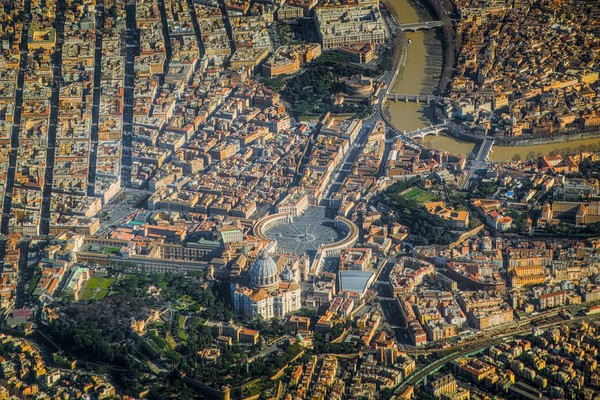
During the Renaissance, Popes Julius II and Leo X invested in transforming Rome into a centre of art, politics, and religion by commissioning some renowned artists such as Michelangelo and Raphael to do artistic projects to enhance the image and strengthen the Church’s influence. In the 19th century, as Italy unified under a secular monarchy, it annexed the Papal States (including Rome). The Pope became a ‘prisoner in the Vatican’, refusing to recognise Italian sovereignty over Rome and remained inside the Vatican for nearly sixty years. However, after the Lateran Treaty, signed between Pope Pius XI and Benito Mussolini, with the key outcomes included the recognition of Vatican as a sovereign state, the Vatican agreed not to interfere in Italian politics, and the Pope became a moral and spiritual leader.
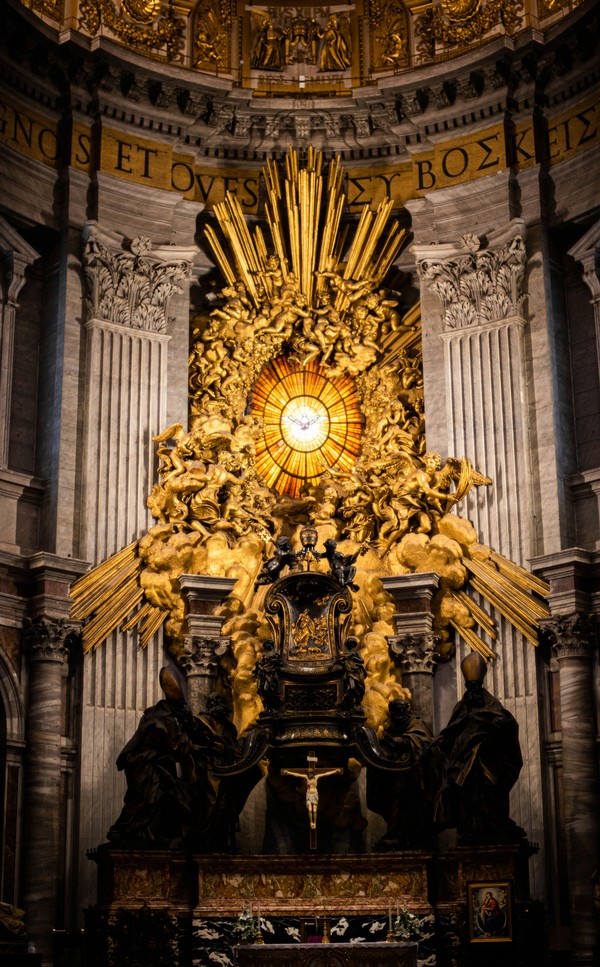
As the Bishop of Rome, this role gives the Pope a spiritual link to the city of Rome and its people. The Pope’s relationship with Rome evolved from absolute ruler to spiritual shepherd; he remains an integral symbol of Rome’s identity, and the Eternal City continues to be the centre of the Catholic world. The Roman citizens’ view of the Pope is shaped by a blend of history, culture, faith, and everyday life. Many Romans take pride that the Pope lives in ‘their city’, Vatican City is still perceived as part of Rome’s soul. The common attitude might be: ‘Posso non essere religioso, ma il Papa è parte di ciò che siamo (I may not be religious, but the Pope is part of who we are.)’ For older generations, the Pope is still a symbol of moral stability in changing times. For Romans, who value family, tradition, and respect for elders, the Pope can be like a symbol of moral comfort, a voice of conscience, a figure of national pride.
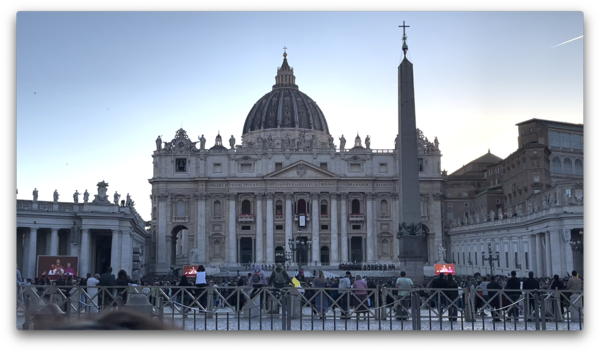
Many Romans watch the Pope on TV or are present at St. Peter’s Square on Sunday for the Angelus, when the Pope recites the Angelus prayer, delivers a short sermon and gives the blessing. It is not a duty, but a tradition, inspiration and emotional connection. The Pope is not just a religious leader—he’s also part of Rome’s extended family. He is respected and included in the cultural rhythm of Roman life. ‘La religione è parte della nostra cultura. Il Papa rappresenta anche la nostra storia.’‘Religion is part of our culture. The Pope also represents our history.’

글 ㅣ Maureen Siwy
Culinary and social traditions researcher

